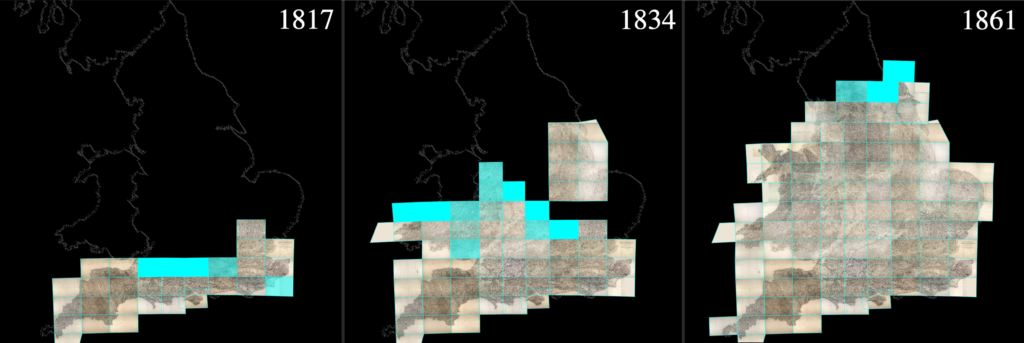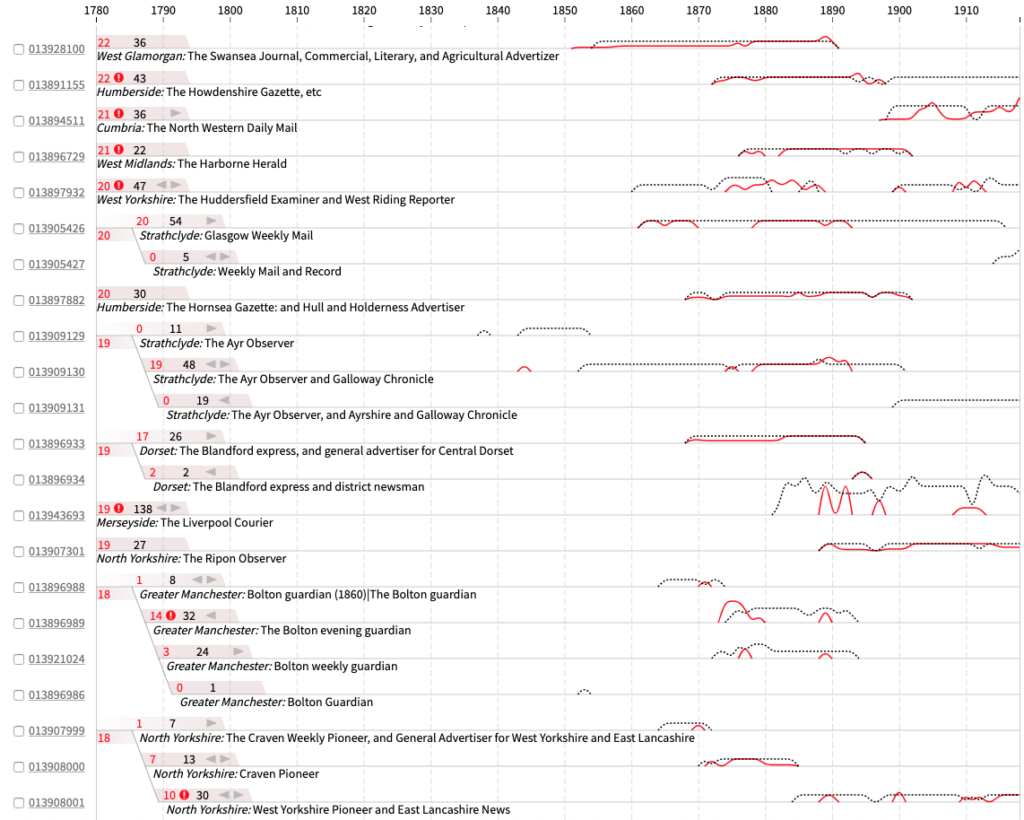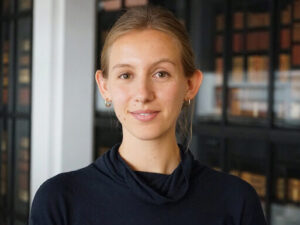What does a ‘digital humanities research software engineer’ do?
Co-I Mia Ridge writes, we’re recruiting an ‘LwM Research Software Engineer‘ post in the British Library’s Digital Scholarship team. The job title ‘Research Software Engineer’ links it to the growing field of RSEs, ‘people who combine professional software expertise with an understanding of research’. However, don’t be put off by the title, as there are lots of other descriptions for the role, including software developer, creative technologist, front-end developer and JavaScript developer, data scientist, data or visualisation specialist, or digital humanities researcher who uses computational methods.
While the post is based at the British Library’s St Pancras building, team members can work from home 4 days a week. If you’re interested in this job, don’t dally over your application too long – it closes on 7th November 2021 and interviews are on the 17th and 19th November.
Job profiles can be a little dry, so I thought I’d interview Olivia Vane, who joined us in this post in June 2019 and is leaving to take up a new job in November, about her experience in this role.
What experience did you have with ‘research software’ when you applied for this job?
My introduction to writing software in a research / cultural heritage context was through doing a PhD in data visualisation design for digitised museum, library, and archive collections. Over my PhD I built a number of interactive visualisations with different cultural institutions including the Smithsonian and the V&A Museum. I was working predominantly in JavaScript, but also using Python for data processing. It was a background well-suited to this RSE role on Living with Machines because it covered building software for both academic research and public communication. For example, I had built touchscreen interactives for public exhibitions.
What did you enjoy most about your job at the British Library with the Living with Machines project?
The work is very varied: writing code, working with colleagues to solve problems, doing visual design work, writing, presenting etc. There’s space to learn. I’ve learnt a lot over the last couple of years. This includes technical skills, but also working effectively in a large team, delivering training and all kinds of other things. Finally, we’re a friendly bunch!
What did you learn in your role?
I hadn’t done any mapping before I started on Living with Machines, and now I’ve done a lot! I learnt lots about historic maps, but also making interactive web maps and all things geospatial. I started working in Observable code notebooks, which I now use all the time. There’s a culture of openness within the project: publicly sharing as much as possible. It’s definitely built my confidence in publishing code, interfaces, datasets etc. And there’s a real satisfaction in seeing things reused by others.

Did anything surprise you about the role?
I don’t know if I’d call it surprise, but it’s certainly been illuminating to go from being the recipient and user of digitised cultural heritage, to being party to the process of it being made. And all of the challenges I had never imagined that go on in that process!…
How did your experience on the job help you get your new role?
I’m moving on to a role in data journalism. My experience in Living with Machines creating custom visualisation designs using the leading code libraries for that is directly applicable. Programmatic data analysis (in LwM we do lots of data wrangling and analysis in Python within Jupyter notebooks) and evidence of visual design skills, through published interfaces and graphics, are also both important.
What would you say to someone thinking of applying for this post?
I’d echo the point made at the beginning of this post: not to worry if you’re unfamiliar with the job title. Have a look in the job profile for a fuller description of what is expected. We’re a large, distributed project, so it helps to be a self-starter and good at organising your time and priorities. The collaborative nature of the project means you get to shape the role too. And taking initiative, and proposing ideas and solutions is welcomed. To get more of an idea of how we work together, have a look at our charter here (though the emphasis on meeting in-person has been reevaluated since the pandemic).
What kinds of things might the next person in this role work on? Or, what have you worked on that the next person can pick up and run with?
We’re organising an exhibition in Leeds so there will be opportunities to contribute creative software there. There’s activity to understand data generated through crowdsourcing. And we are using visualisation to interpret the outputs of computational analysis and classification. You might be working with maps, supporting historical map digitisation and making data maps yourself. You might contribute to training within the British Library and Alan Turing Institute, and outside. You might be making Observable notebooks (some examples from the project here).


